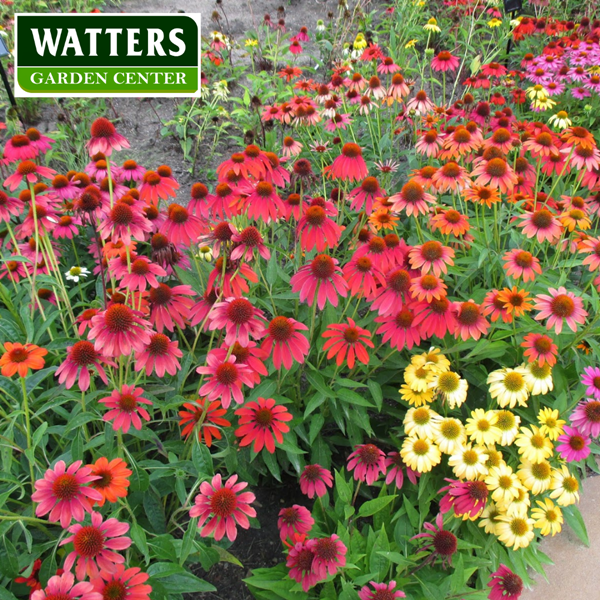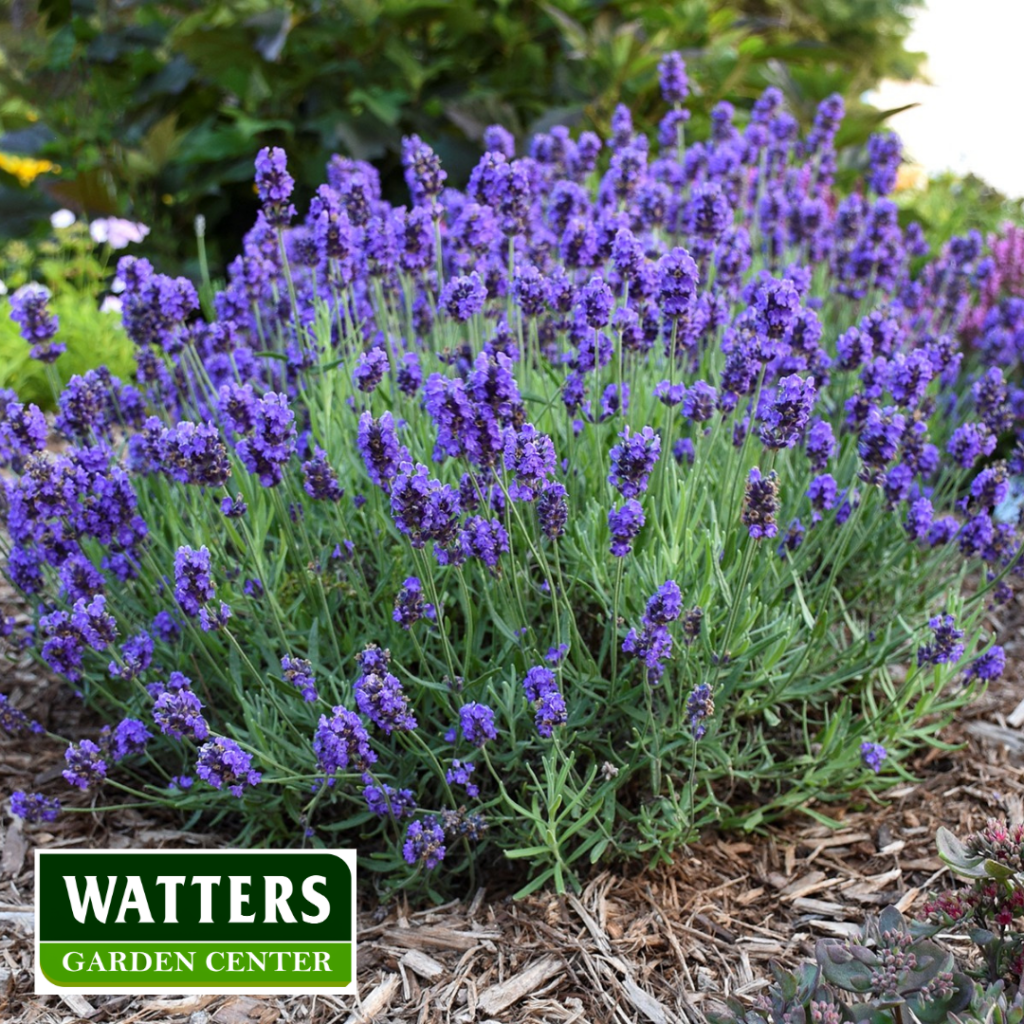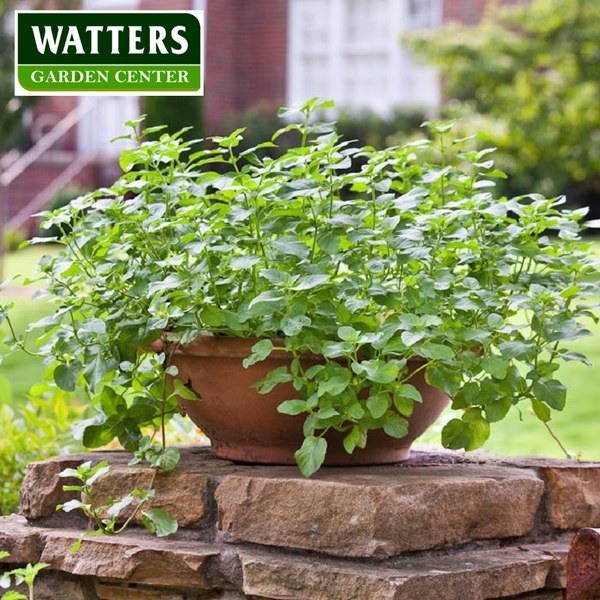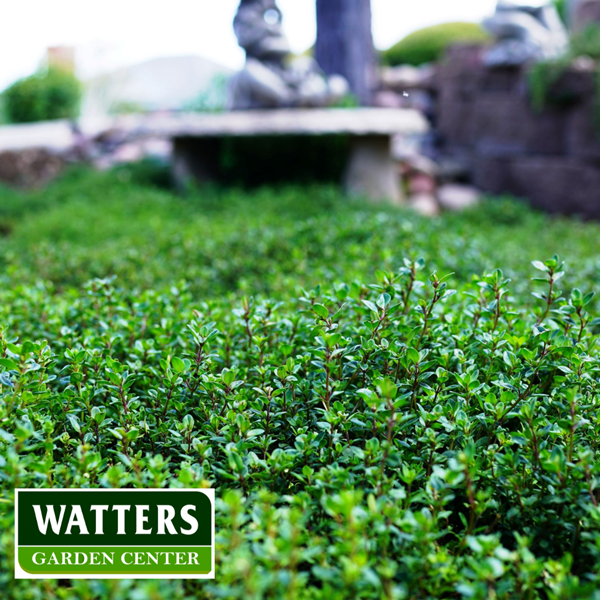by Ken Lain, the mountain gardener
- What herbs will come back every year?
- Perennial herbs for zone 6 and 7.
- What herbs are perennials?
- Flowering perennial herbs.
- Which herbs are perennials in Arizona?
- What herbs grow outside all year?


Many herbs can be planted once and left to grow for years. Perennial herbs take some of the heavy liftings out of garden design by coming back year after year, and they are always some of the best-looking plants in the yard. A perennial bed allows you to divide and expand your herbal plants for free.
Here are the top local plants for a long-lasting herb garden:
Echinacea is not only for healing but is also a beautiful accent for any garden. Echinacea, also known as ‘Coneflower,’ grows in virtually any garden. From moist, fertile soil to dry and arid conditions, echinacea has a suitable variety that will show off and thrive.
Spread echinacea through the garden by allowing the flowers to completely dry and go to seed. Then, remove the spent flowers and separate all the pointy black seeds left behind. Be sure to use gloves because the seeds are sharp! Spread your seed wherever more flowers are desired.

Lavender is used for everything from cooking to healing. Try growing this elegant herb alongside your best flowers or independently in a beautiful glazed pot. From shades of pink, purple, blue to white, lavender is a genuinely attractive perennial herb.
Be sure to plant lavender with some growing room. You will be pleasantly surprised how large the plant grows after a few years.
You will be shocked at how little water this herb really needs. This is why it does so well in the driest parts of the landscape. In fact, it’s not the cold of winter that stresses lavenders, but winter dampness, so give your plants plenty of drainages.

Mint is invasive, but it is also an essential addition to any hard-to cultivate garden. Consider planting your mint in a container that is buried in the garden. This usually does a fair job in containing the plant.
Mint is a refreshing, pleasantly scented, gentle tea herb. Try growing many varieties if you’re really interested in using mint as tea. Don’t allow mint varieties to mingle; allow plenty of room between each type. This helps ensure that bees and butterflies do not cross-pollinate your plants. Some gardeners choose to plant mint beds out of sight of one another, which seems to be an effective way to keep them pure to their flavor.

Sage is a wonderfully versatile herb in the garden. It comes in many colorful varieties and growth habits. Try growing it as a graceful filler around other tall garden plants. Sage grows for many years, returning after even the harshest winter conditions.
The only drawback to sage is the tendency to become woody after a few years. Avoid this by keeping it pruned back to encourage new growth. Leaves will grow close to the cuts that result in a fuller, more beautiful specimen. If you have more than one sage in your garden, you can replace the woody plant with another, more attractive sage from your own landscape.

Thyme is one of the herbs that grow in any garden. It’s perfect for gardeners who aren’t particularly ‘hands-on’ because the less you fuss with this herb, the healthier it becomes. We have several varieties here at Watters Garden Center. Some grow upright, and some with trailing habits. There is one to fit any garden style, from raised beds to driveway plantings.
Use thyme as a filler between your stones in a walkway. It offers the classic herbal scent when stepped on and can handle foot traffic. Thyme grows well in areas that are too dry and poor for many other plants.
Thyme loves to be pruned back. It can easily be trimmed into decorative shapes for a more formal look. If you want to multiply your thyme, merely divide up a healthy plant or take a cutting.
Designing Around Perennials
Perennial herbs are a great way to grow your landscape with far less effort than replanting each year. Consider sketching your garden design and include all of your permanent herb locations. This makes it easy to plan where the annual plants can fill in the empty spaces between the perennials.
Free Summer Garden Class Series
If you have read this far, you will definitely be interested in my 9:30 am Garden Classes each Saturday, free at Watters Garden Center.

July 31 – Edible Landscape with Trees & Berries
August 7 – Proper Planting for Success
August 14 – Wildlife & Bug Prevention
August 21 – Best Evergreens for Mountain Landscapes
If you can’t attend this class, join the viewers that watch the Livestream on Facebook. ‘Like’ the Watters page to be notified when we go Live.
Until next week, I’ll be helping local gardeners plant the freshest herbs here at Watters Garden Center.
Ken Lain can be found throughout the week at Watters Garden Center, 1815 W. Iron Springs Rd in Prescott, or contacted through his website at WattersGardenCenter.com or Top10Plants.com

